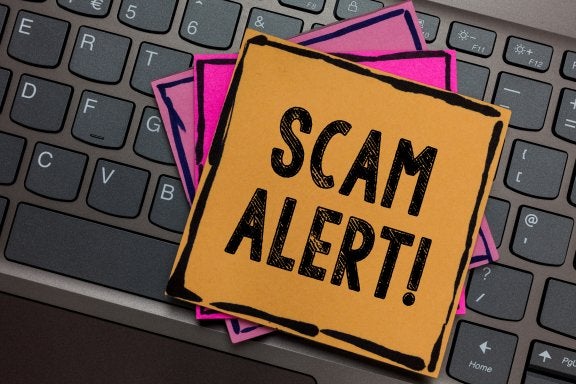Beware of Scam and Phishing Emails
Image

Scam and phishing emails are especially common on the Internet today. Scams are generally delivered in the form of a spam email, and are designed to trick you into disclosing information that will lead to defrauding you or stealing your identity. Phishing is a scam where criminals typically send emails to thousands of people. These emails pretend to come from banks, credit card companies, online shops and auction sites as well as other trusted organizations, and they usually try to trick you into going onto the site.
How to spot spam
- You don’t know the sender
- Contains misspellings
- Makes an offer that seems too good to be true
- The subject line and contents do not match
- Contains an urgent offer end date
- Contains a request to forward an email to multiple people, and may offer money for doing so
- Contains a virus warning
- Contains attachments, which could include .exe files
Limiting the Spam and Phishing Emails You Receive
How to take steps to reduce and manage the flow of unwanted emails into your inbox include:
- Using an email filter
- Avoid posting your email address on websites
- Protect your personal email address
- Review privacy policies and opt out of mailing lists. Always look for the pre-checked boxes when signing up or buying things online.
- Don’t let spammers use your computer.
- Update your software. Keep all of your software up to date to protect against the latest threats. It is a good idea to set your software to retrieve updates automatically.
- Use a good antivirus software. Make sure you have good antivirus software installed on your computer, and regularly receiving updates.
- Use caution opening email attachments. Do not open an email attachment, even if it is from a friend or relative, unless you are expecting it.
- Download software only from sites you know and trust. It can be tempting to download free software, but keep in mind that such software may contain malware.
If you think you have a scam or phishing email do not open or forward the email until you know that the sender is secure.
Filed Under:

